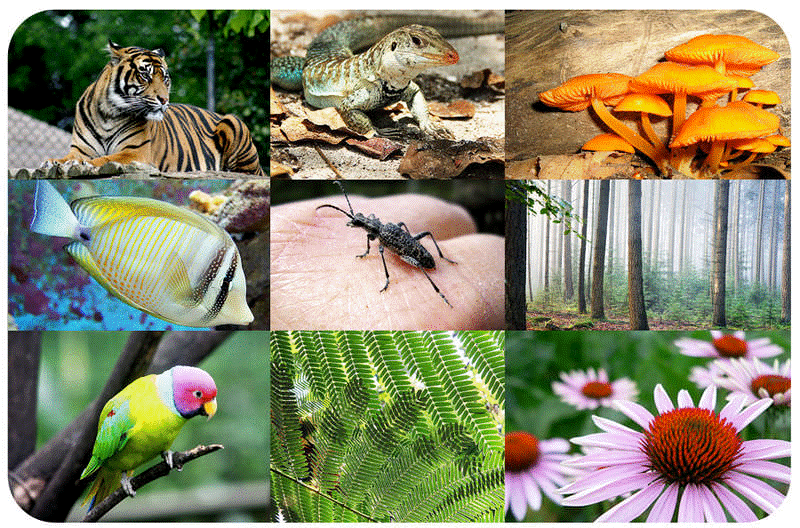
A new review paper in Science magazine calls for ambitious goals for biodiversity. “Global biodiversity policy is at a crossroads. Recent global assessments of living nature and climate show worsening trends and a rapidly narrowing window for action.”
None of the 20 Aichi targets for biodiversity it set in 2010 has been reached and only six have been partially achieved.
“Against this backdrop, nations are now negotiating the next generation of the CBD’s global goals, due for adoption in 2021, which will frame actions of governments and other actors for decades to come.”
The authors urged the CBD negotiators of the Post 2020 Global Biodiversity Framework (GBF) to consider three critical points to stabilize or reverse nature’s decline:
- First, multiple goals are required because of nature’s complexity, with different facets—genes, populations, species, deep evolutionary history, ecosystems, and their contributions to people—having markedly different geographic distributions and responses to human drivers.
- Second, inter-linkages among these facets mean that goals must be defined and developed holistically rather than in isolation, with potential to advance multiple goals simultaneously and minimize trade-offs between them.
- Third, only the highest level of ambition in setting each goal, and implementing all goals in an integrated manner, will give a realistic chance of stopping—and beginning to reverse—biodiversity loss by 2050.
The final biodiversity goals are due to be finalised next year at the Biodiversity Convention.
References: Diaz et al 2020. Science 23 Oct 2020: Vol. 370, Issue 6515, pp. 411-413. DOI: 10.1126/science.abe1530 and Phys.Org The next generation of biodiversity conservation targets must aim higher than ever
Adapted from an article in Tieke – Weekly e-bulletin to the ECO community
